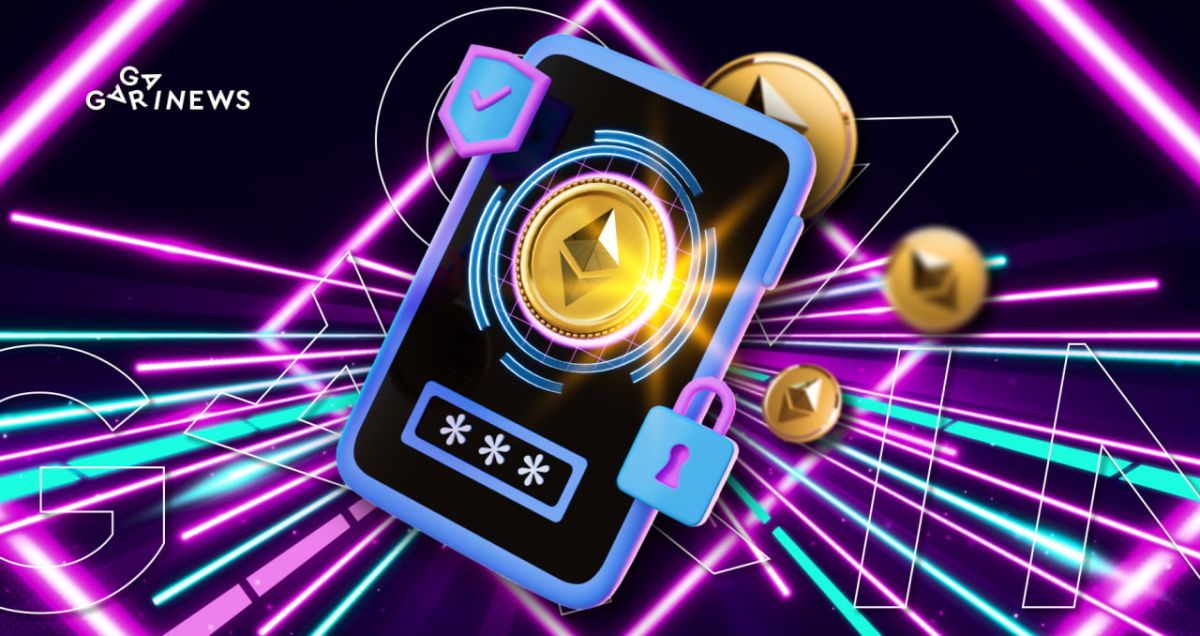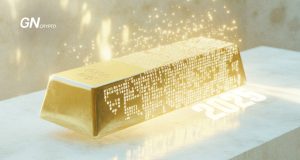Why ERC-4337 Matters: Exploring the Ethereum Standard

ERC-4337 is a new standard in the Ethereum ecosystem that enables the creation of abstract accounts. Let’s explore how it works and who could benefit from it.
On this page
The team has been working for several years to make using a cryptocurrency wallet simpler, and they received funding for their efforts from grants provided by the Ethereum Foundation. As of March 1st, 2023, the updated network is now up and running. The ERC-4337 standard can now be integrated into any L2 that uses the Ethereum Virtual Machine, including BNB Smart Chain, Optimism, Arbitrum, Polygon, and Avalanche.
What are abstract accounts?
Account Abstraction (AA) is a method of authentication that eliminates the need for keys to access accounts. Instead, a smart contract is utilized to authenticate the user's identity.
Ethereum has two types of accounts: Contract Accounts and Externally Owned Accounts (EOA).
- Externally Owned Accounts (EOAs) have a public address and private key that enable users to send and receive transactions and interact with smart contracts. MetaMask is currently the most popular cryptocurrency wallet that operates using EOAs.
- Contract Accounts (CAs) can create new contracts in addition to token transfers. However, unlike Ethereum’s externally owned accounts, CAs do not have private keys. Instead, their actions are controlled by the smart contract code. Contract Accounts do not initiate transactions – they only respond to them. When they receive a payment notification, they execute the code and complete the transaction.
The concept of Ethereum's account abstraction is to merge the advantages of both account types and integrate them into one unified system. Simply put, account abstraction allows regular users to switch between EOAs and CAs as required, transforming the Ethereum wallet into an abstract smart contract.
Did the incident where Vitalik Buterin lost his wallet key serve as a catalyst for the developers to expedite the launch of ERC-4337?
New features of ERC-4337
What new features can we anticipate from the updated standard?
1. Recovery of lost private keys. A new recovery system is introduced, in which designated users (friends, lawyers, heirs) can “revive” access to the wallet if someone loses their private keys or something happens to the owner.
2. Protection of wallets without seed phrases. A new security feature allows users to enable two-factor authentication and biometric data such as fingerprint or face scans to protect their wallets.
3. The ability to conduct automatic payments and set expenditure limits for a specified period (day, week, month).
4. Transactions without paying gas fees. The updated standard allows decentralized applications to cover the costs of their customers' transactions, enabling them to attract more users with competitive pricing.
5. The ability to use any cryptographic signature of choice and authorize transactions through a smartphone.
To put it simply, wallets that utilize ERC-4337 will be much better than the ones we currently have:
- Say goodbye to the hassle of keeping track of a piece of paper with 12 words written on it.
- With the updated standard, designated individuals can assist in recovering lost keys.
- It's similar to having a mobile banking app and a checking account, providing added security and convenience.
All of this is possible thanks to the wallet now functioning as a smart account.
However, there is a downside: the use of AA in smart wallets can increase the risk of hacking. Nevertheless, the benefits of abstract accounts are believed to outweigh the security concerns in theory. Ultimately, it depends on an individual's perception of risk.
The content on The Coinomist is for informational purposes only and should not be interpreted as financial advice. While we strive to provide accurate and up-to-date information, we do not guarantee the accuracy, completeness, or reliability of any content. Neither we accept liability for any errors or omissions in the information provided or for any financial losses incurred as a result of relying on this information. Actions based on this content are at your own risk. Always do your own research and consult a professional. See our Terms, Privacy Policy, and Disclaimers for more details.

























